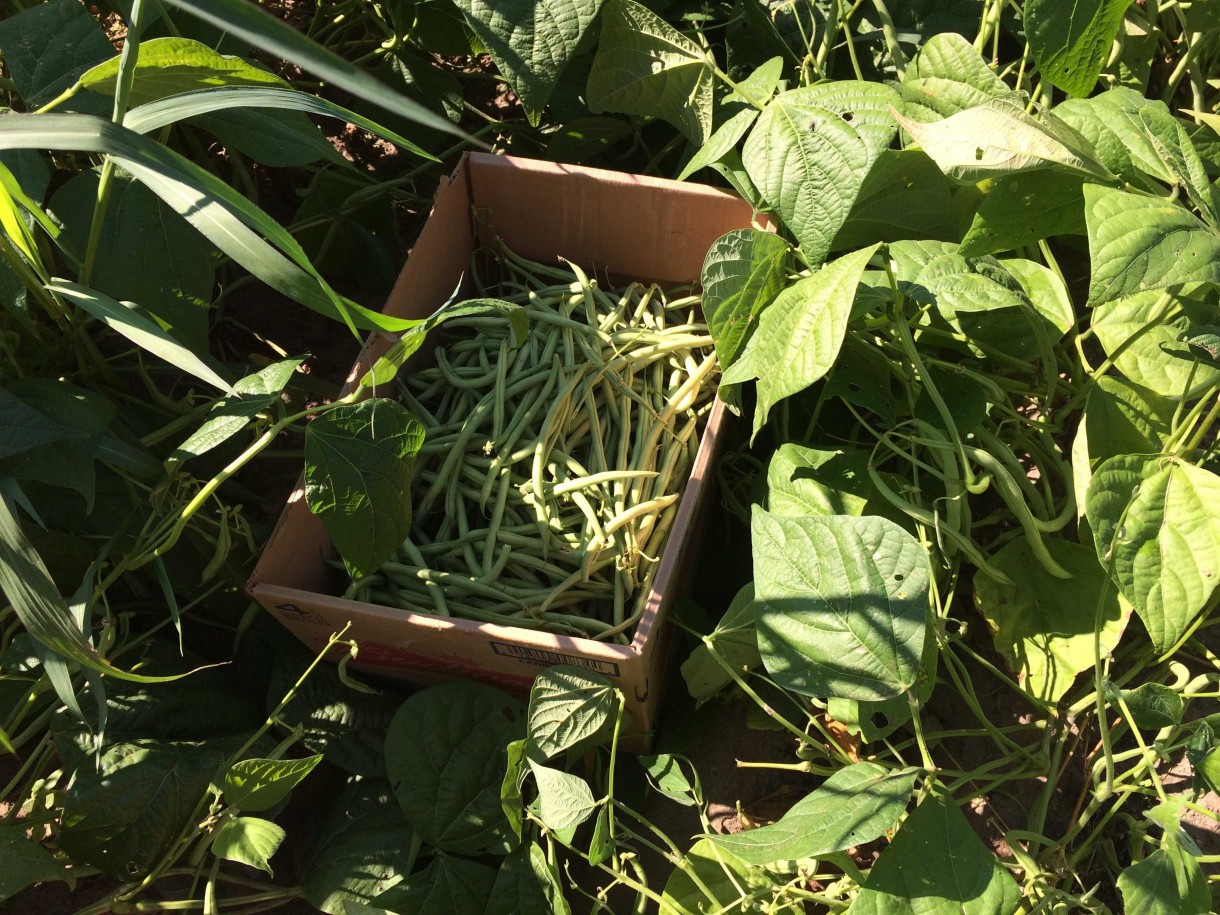Gleaning: Another way to waste less and feed more
 Source: "The Food Transformation," 2012. http://www.oxfamamerica.org/explore/research-publications/the-food-transformation/
Source: "The Food Transformation," 2012. http://www.oxfamamerica.org/explore/research-publications/the-food-transformation/
How an ancient tradition is helping to solve some of today’s most pressing food issues.
Nancy Delaney (@nancy_delaney) is associate director of community engagement at Oxfam America.
I realized recently that food has been at the center of my life. From feeding my family to cooking professionally for many years to overseeing Oxfam’s grassroots anti-hunger campaigns, I’ve always focused on making sure that people I know—and those I will never know—have access to nutritious food.
But I had never actually grown or harvested anything myself—until I joined the Island Grown Gleaners one morning in August on Martha’s Vineyard in Massachusetts. My son Jack, his girlfriend Kelly, and I joined 15 other volunteers, some regulars and others first-timers like the three of us, to try our hand at gleaning.
Gleaning is an ancient tradition that involves collecting excess fresh food (whether from farms, gardens, restaurants, or other sources) and donating it to those in need. In our case, gleaning took the form of harvesting donated produce from farmers’ fields.
Our assignment was to pick green beans from long, low rows in a field filled with seemingly dozens of other plantings. The morning flew by, filled with easy conversation and helpful picking tips. I would never have guessed that one plant could produce so many beans. Or how lovely a dusty, fresh-picked bean can taste. Or how long it would take to fill one box!

Most satisfying, though, was the knowledge that these beans would help fight hunger. Island Grown Gleaner volunteers pick produce from various island farms, which they then distribute, free of charge, to 20 different organizations: senior centers, school cafeterias, low-income housing residents, and programs providing meals and groceries to those in need. In 2013 they rescued a total of 23,000 pounds of delicious, nutritious, locally grown food.
Gleaning is also a great way to reduce our collective food waste. Oxfam’s 2012 report The Food Transformation found that, globally, about a third of all food produced for people’s plates goes to waste between farm and fork. According to the US Department of Agriculture, Americans alone throw away over 100 billion pounds of food each year. Gleaning not only helps us avoid wasting valuable produce, but as the USDA puts it: “it also gives low-income individuals access to fresh and locally-grown foods that are not always available in their communities.”
I loved that morning in the field and look forward to joining the Island Grown Gleaners again. I also appreciated the tiny glimpse into the challenging work that goes into producing and harvesting the food we eat. As we move into our harvest season, I’ll be looking for more hands-on ways to make sure everyone has enough to eat, now and in the future.
Want to reduce your food waste? Find more tips here, along with other suggestions for fighting world hunger starting at your kitchen table.